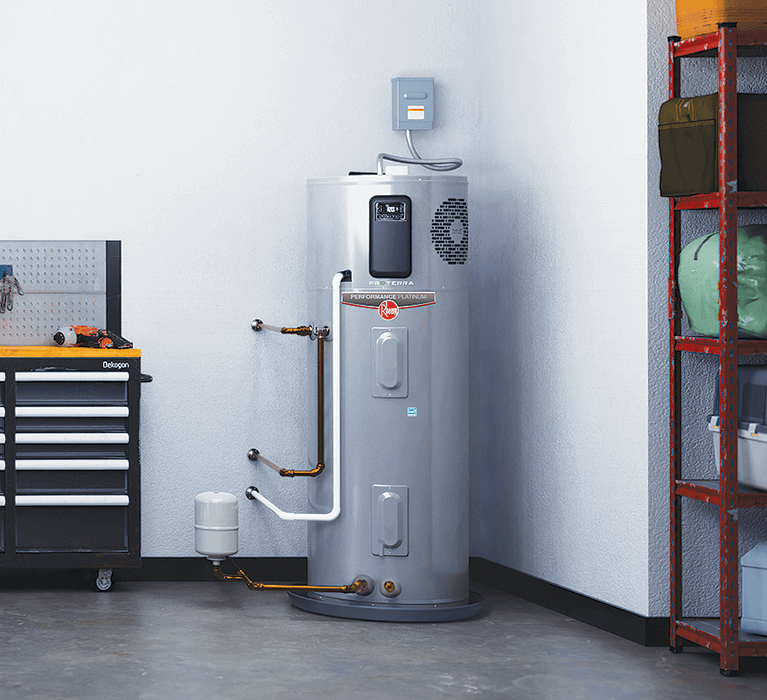How to Keep Your Home's Hot Water System in Good Condition
Call TodayThis article which follows about Water Heater Maintenance Tips You Can't Afford to Forget is without a doubt compelling. Don't miss it.
:max_bytes(150000):strip_icc()/tankless-hot-water-system-in-the-basement-of-a-green-technology-home-529577258-77afda16fd494c6899a78000888c3204.jpg)
Warm water is essential for everyday convenience, whether it's for a rejuvenating shower or cleaning meals. To ensure your hot water system runs effectively and lasts much longer, routine upkeep is vital. This write-up provides practical suggestions and understandings on how to keep your home's warm water system to stay clear of interruptions and costly repairs.
Introduction
Keeping your home's warm water system might appear overwhelming, but with a couple of simple steps, you can guarantee it operates efficiently for years to come. This overview covers everything from understanding your warm water system to DIY upkeep tips and understanding when to call in expert help.
Relevance of Preserving Your Warm Water System
Regular upkeep not just prolongs the life-span of your hot water system yet likewise guarantees it runs successfully. Ignoring upkeep can result in reduced performance, higher power expenses, and even premature failure of the system.
Indicators Your Hot Water System Requirements Upkeep
Knowing when your hot water system requires attention can avoid significant issues. Watch out for signs such as irregular water temperature level, unusual sounds from the heating system, or rusty water.
Comprehending Your Hot Water System
Before diving right into upkeep jobs, it's valuable to recognize the basic components of your warm water system. Usually, this consists of the hot water heater itself, pipelines, anode rods, and temperature controls.
Regular Monthly Upkeep Tasks
Regular regular monthly checks can assist capture small issues before they intensify.
Purging the Hot Water Heater
Flushing your water heater eliminates sediment accumulation, enhancing performance and prolonging its life.
Checking and Replacing Anode Rods
Anode rods stop rust inside the container. Evaluating and replacing them when worn is important.
Checking and Readjusting Temperature Level Setups
Readjusting the temperature level settings ensures optimal performance and safety.
DIY Tips for Maintenance
You can perform several maintenance tasks yourself to keep your warm water system in leading problem.
Looking for Leakages
Consistently evaluate pipelines and links for leakages, as these can cause water damage and higher expenses.
Evaluating Pressure Relief Valves
Testing the stress safety valve guarantees it works properly and stops extreme pressure build-up.
Shielding Pipelines
Protecting hot water pipelines decreases warmth loss and can conserve energy.
When to Call a Professional
While do it yourself upkeep is valuable, some concerns require specialist proficiency.
Complex Problems Requiring Professional Aid
Instances include significant leakages, electrical problems, or if your hot water heater is continually underperforming.
Regular Expert Maintenance Benefits
Specialist maintenance can include comprehensive inspections, tune-ups, and making certain conformity with safety criteria.
Final thought
Routine maintenance of your home's warm water system is important for performance, durability, and cost financial savings. By following these tips and recognizing when to seek specialist help, you can make certain a trustworthy supply of hot water without unanticipated interruptions.
How to Maintain an Instant Hot Water Heater
Before tinkering with your hot water heater, make sure that it’s not powered on. You also have to turn off the main circuit breaker and shut off the main gas line to prevent accidents. Also turn off the water valves connected to your unit to prevent water from flowing into and out of the appliance. 2. When you’re done, you have to detach the purge valves’ caps. These look like the letter “T†and are situated on either side of the water valves. Doing so will release any pressure that has accumulated inside the valves while at the same time avoid hot water from shooting out and burning your skin. 3. When the purge valves’ caps are removed, you have to connect your hosing lines to the valves. Your unit should have come with three hoses but if it didn’t, you can purchase these things from any hardware or home repair shops. You can also get them from retail stores that sell water heating systems. Read the user’s manual and follow it to complete this task properly. When the hosing lines are connected, open the purge port’s valves. 4. You should never use harsh chemical cleaners or solutions when cleaning your unit. Make use of white vinegar instead. It should be undiluted and you’ll probably use about 2 gallons. 5. Now flush your water heater. This task should probably take about 40 minutes. We can’t give you specific directions for this because the procedure is carried out depending on the type, model and brand of your heater. With that being said, refer to the user’s manual. 6. When you’re done draining the unit, you have to turn off the purge port valves again. Remove the hosing lines that you earlier installed on each of the water valves. Put the valve caps (purge port) back in their respective places and be very careful so as not to damage the rubber discs that are found inside these caps. 7. Now that everything’s back in place, check your user’s manual again to find out how to reactivate your water heating system. 8. Once it is working, turn one of your hot water faucets on just to let air pass through the heater’s water supply pipes. Leave the tap on until water flows smoothly out of it. https://www.orrplumbing.com/blog/2014/september/how-to-maintain-an-instant-hot-water-heater/

Do you enjoy reading about What Kind of Maintenance Do Water Heaters Need?? Post feedback down below. We'd be delighted to know your reactions about this blog post. Hoping that you visit us again in the near future. Feel free to set aside a second to share this blog entry if you enjoyed it. I love your readership.
Click Here